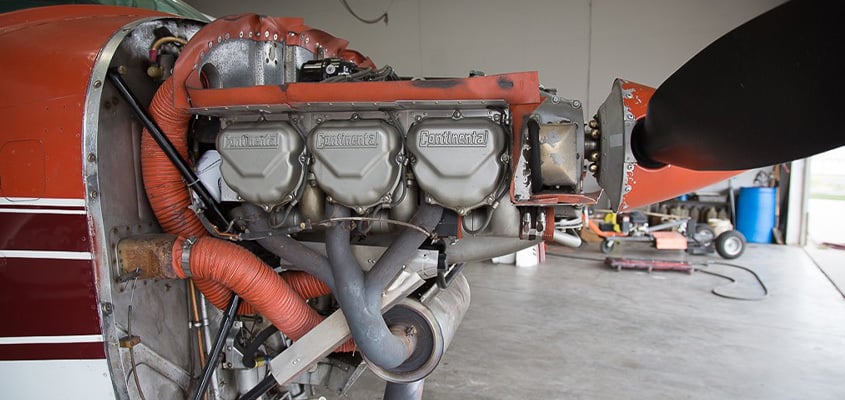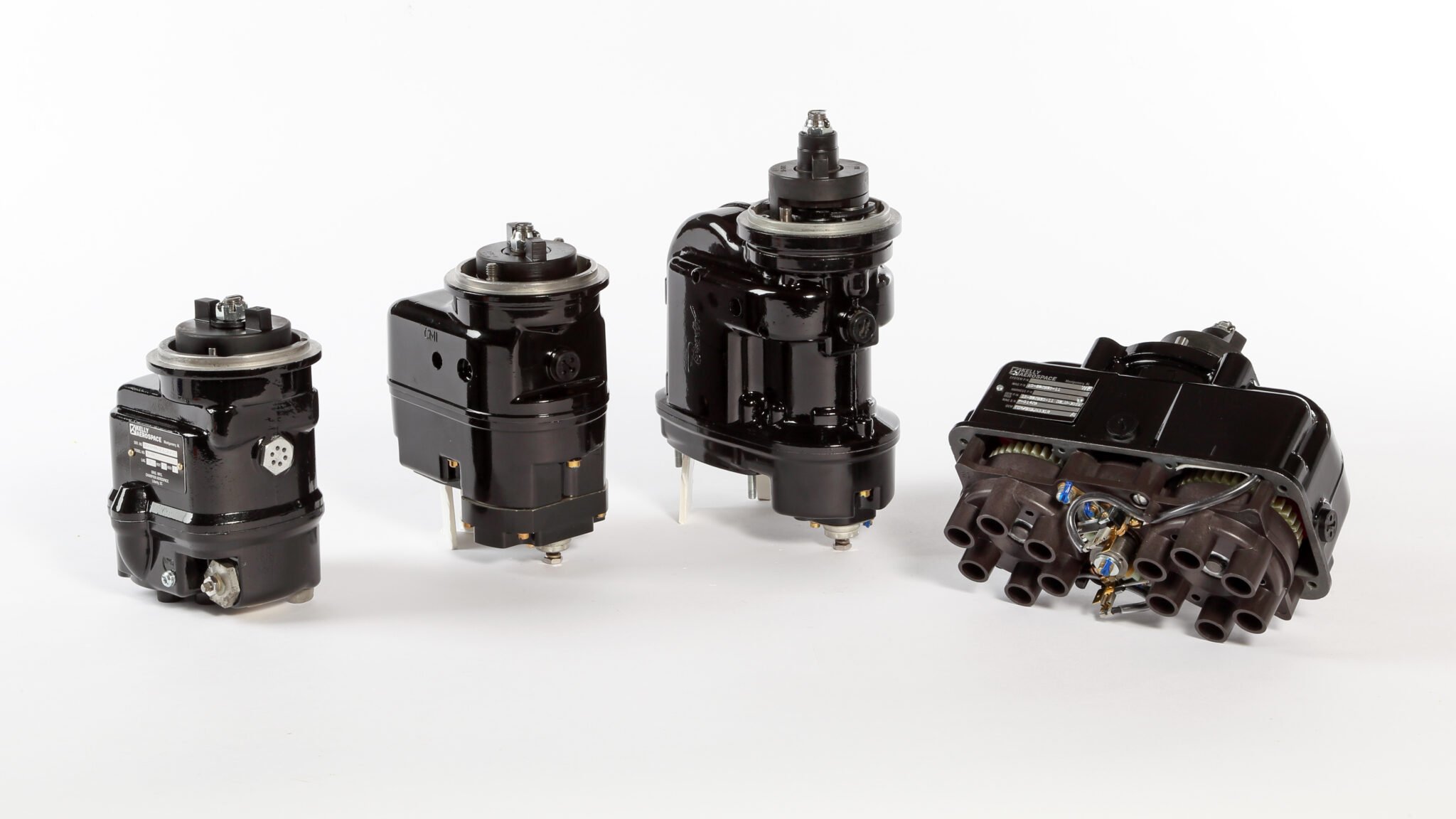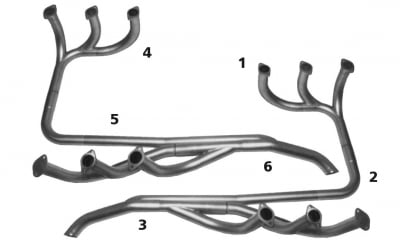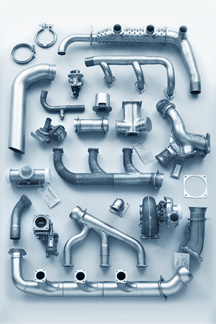How to Inspect Aircraft Exhaust System Parts
Inspecting your aircraft’s exhaust parts is crucial. One small exhaust discrepancy can result in carbon monoxide poisoning, loss of power, or fire – so these inspections must be very thorough for everyone’s safety. In this blog, learn the best practices and tips for how to inspect your aircraft exhaust system and parts. Not only will this insight help inform you on what to look for when inspecting your exhaust parts, but it will help you become a better and more familiar aircraft maintenance professional.

Tips for Inspecting Aircraft Exhaust Parts
When it comes to inspecting your aircraft’s exhaust parts, consider these inspection tips:
-
Look for exhaust leaks
Any leaks from the exhaust system usually show up as chalky, dusty gray deposits inside the cowling and on surfaces adjacent to the exhaust parts. Stains can also be white, black, red or even yellow. You can also hook up a vacuum cleaner’s exhaust to the tailpipe and apply soapy water or talcum powder.
-
Check the Exhaust System’s Connections
Clamps and gaskets should seal, and slip joints should slip. There is usually some leakage here; you are looking for excessive amounts. It is not unusual for the male component of a slip joint to “mushroom” out to the point where the parts are seized. Be sure to follow the manufacturers’ recommendations for continuing maintenance on these items.
-
Does the exhaust show any pitting or corrosion?
Pitting in exhaust systems is common in the bends, and corrosion of the aircraft exhaust is caused by moisture collecting in the low spots. The result can be pinholes or excessive thinning.
-
Inspect the Exhaust for Metal Fatigue
Any metal fatigue from an aircraft’s exhaust will appear as a bulge or blister. Exhaust parts with any heat distortion would be replaced.
-
Look at the baffles of the Exhaust System
Most mufflers have internal baffling of some kind- perforated tubes, cones, or sometimes simply steel plates. They should be intact with no distortion. Distorted or missing baffles cause hot spots on the muffler can, and broken baffles can obstruct the tailpipe.
Remember: Not all mufflers have baffles, so before you reject one, be sure it had baffles originally. It is a good idea to use a borescope to check their internal condition.
-
Check for Manufacturer Service Bulletins and Airworthiness Directives (AD Notes)
Those of us who do this for a living are continually amazed at how far exhaust systems are allowed to deteriorate before they are pulled. It is really scary to see some of the failed parts that were in service just yesterday.
QAA highly recommends reading journals and reports published by the Cessna Pilots Association for the latest updates and education in aircraft maintenance.
Remember: Don’t use a lead pencil to mark on exhaust parts; it really does cause cracks.
QAA: Your Resource for Exhaust System Inspections
With decades of aircraft overhaul and repair part experience, Quality Aircraft Accessories is here to be your guided partner and resource for how to inspect your aircraft exhaust system. No matter if you’re looking to overhaul an existing exhaust part or looking for completely new or replacement parts, browse our aircraft accessory product inventory or contact us today!


